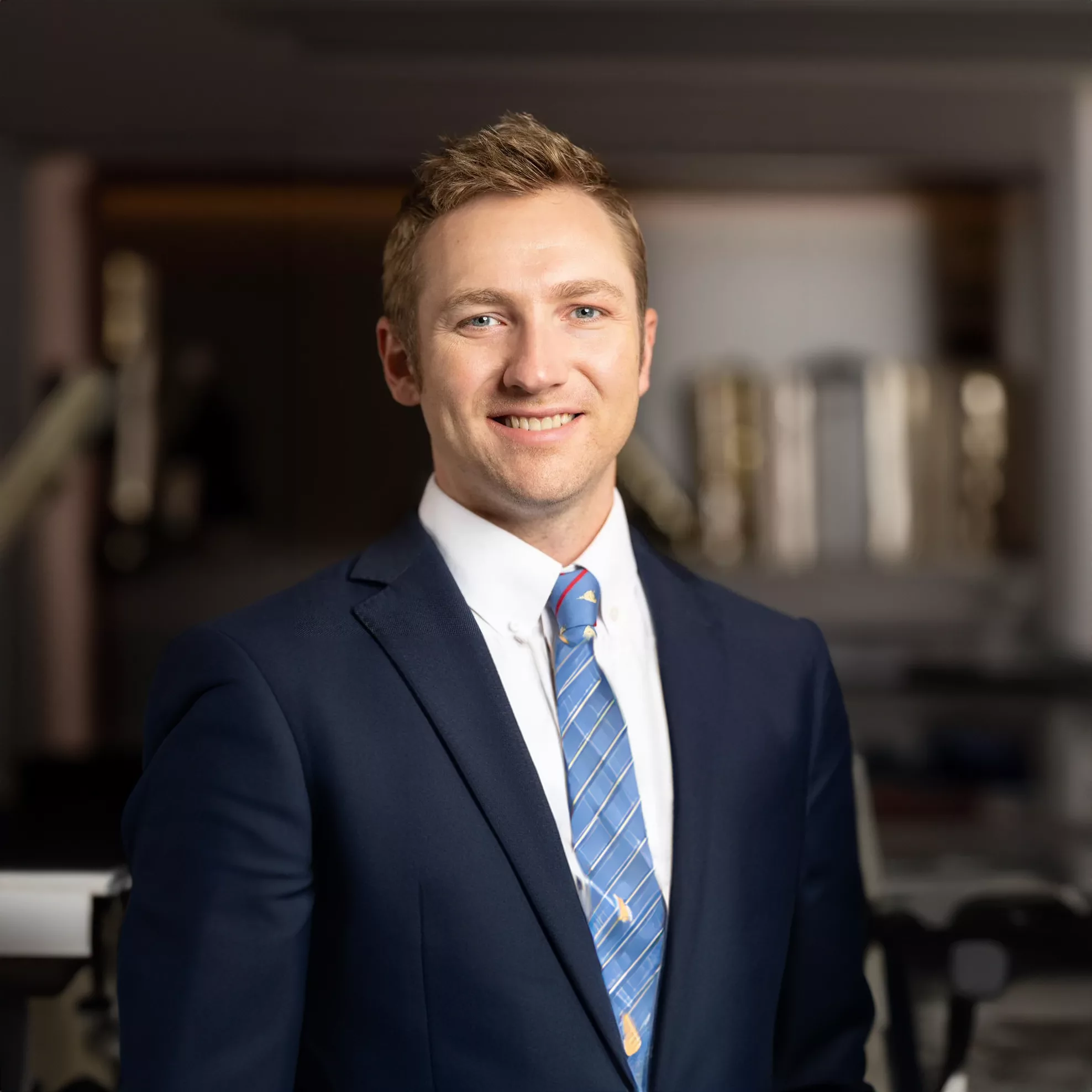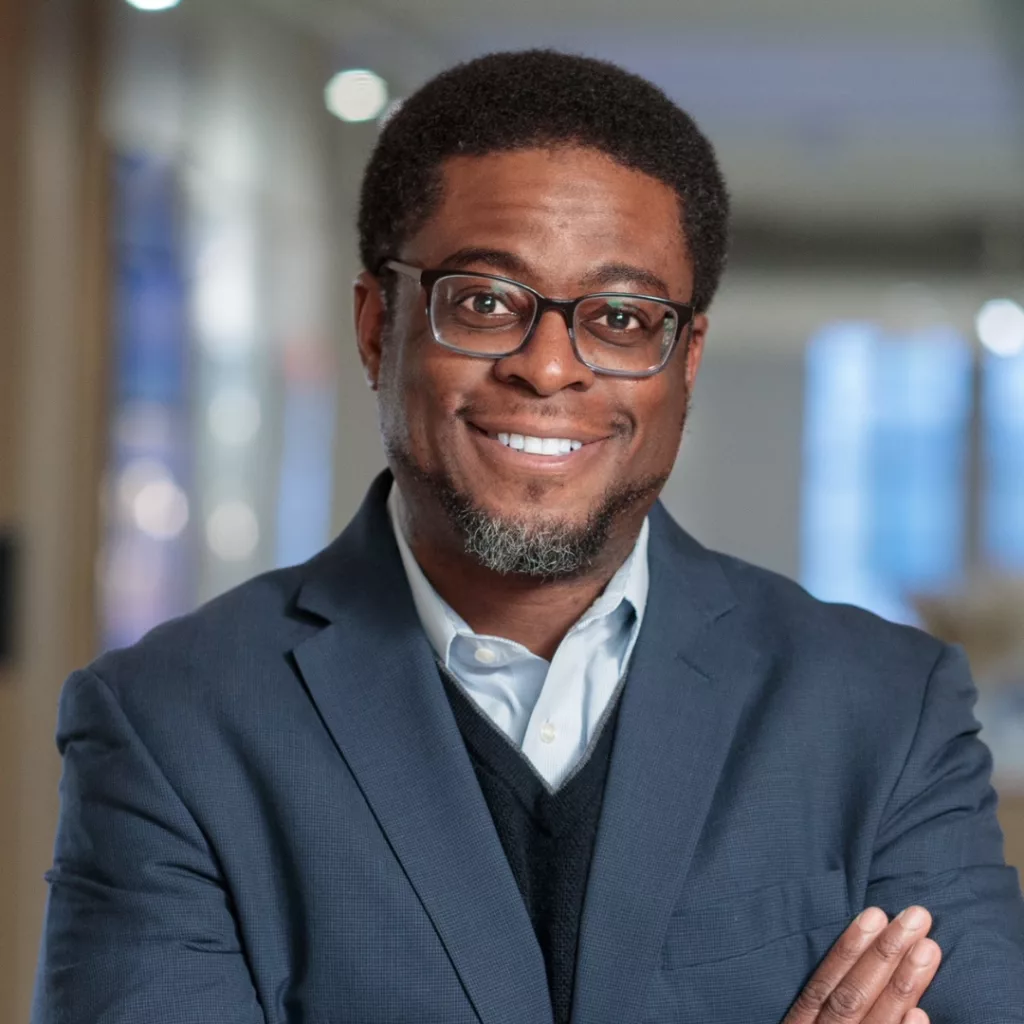
Originally published January 24 and updated in October 2023
Summary
- Brazil is Latin America’s largest crypto economy – in 2021, 8% of a population of 214 million used crypto – and usage continues to grow exponentially.
- The country’s policy-makers and regulators are broadly supporting the shift to crypto, signaling continued strong growth, and making it increasingly likely that Brazil will become a regional center for crypto.
- Stronger regulation is, however, a concern and legislators say they need to protect consumers while balancing innovation.
- Check out more examples of crypto in action.
Overview of Brazil’s Crypto Landscape
Crypto’s growing success in emerging markets is not a surprise. Typically, crypto usage thrives in countries that have a history of financial instability or where access to traditional banking products is limited. The current global phenomenon of rising inflation and devaluing fiat currencies is creating a potent mix, making crypto an enticing alternative to those looking to protect and develop their financial assets.
Brazil is facing some of these challenges – it is suffering with inflation and currency devaluation and it has historically experienced costly financial transactions and bureaucratic financial systems – but it is also a market with its own signature. Many users are investing in, and trading on, crypto exchanges rather than simply using cryptocurrencies to dodge high charges and weather financial instability.
Key Drivers Behind Brazil’s Crypto Boom – High Digital Literacy Rates
There are a number of reasons for the rise of crypto use in Brazil. Notably, the country has high levels of ‘digital finance’ literacy, with the government promoting digital payments. While this isn’t crypto, it has laid helpful foundations. In October 2020, the central bank launched Pix, a free, real-time retail payment system. By November 2021, approximately 50% of the population was using it and it accounted for more than 70% of total transactions. Additionally, the government used Pix to disburse COVID-19-related financial relief, obliging recipients to sign up, since then, many have continued to use it.
In turn, this has laid the groundwork for greater fintech uptake, and in December 2021, Mercado Libre, the region’s largest e-commerce company by market value, started allowing its Brazilian users to use cryptocurrencies.
As a result of Brazilian’s confidence with ‘digital money’, users are showing a far greater willingness to experiment with crypto for purchasing, trading and saving. Interestingly, data from Brazil shows that individuals use different cryptocurrencies for specific purposes, showing a depth to transacting and confidence with the products.
The Surge of Fintech and Crypto Exchanges in Brazil
While global exchanges like Coinbase and Binance have a presence in Brazil, regional exchanges are taking the lead. Mercado Bitcoin is Brazil’s largest crypto exchange. Founded in 2014, it has more than 5 million users and raised $250 million in a Series B funding round in 2021. Its main competitor is the Mexican-based crypto exchange, Bitso. Bitso announced in July 2023 that it had reached 1 million users in Brazil a year after it launched. Again it reached its target more swiftly than forecast and saw transaction volumes increase by 66% between June 2021 and May 2022.
These successes are attracting interest from other players. PicPay, a Brazilian fintech, announced plans to launch a crypto exchange and Brazilian real-tied stablecoin during the year, as did Spanish crypto exchange, Bit2Me, which plans to allow users to buy and sell crypto with fiat currencies and provide crypto to crypto trading.
The country’s banks are also seeing the benefits of these shifts. The introduction of Pix prompted a significant fall in current account service fees, but it also had the unintended, but positive effect, of encouraging the unbanked to open accounts. As a result, banks now have more potential customers to whom they can sell products.
These previously unforeseen opportunities may explain the interest of local banks in diversifying into the sector. July saw Brazil’s largest digital bank (by market value), Nubank, reach 1 million users on its crypto trading platform, Nucripto, within a month of its launch. This milestone had been set for a year. Underlining its faith in the future of crypto, Nubank revealed that it had allocated approximately 1% of its balance sheet to bitcoin.
Meanwhile, Itaú Unibanco, the country’s largest private bank, announced plans to launch an asset tokenization platform, transforming traditional financial products into tokens, which can then be logged on the blockchain.
Brazil’s Government Is Open to Tokenization
Cryptocurrency regulation came into force in July 2023. As part of this, the central bank is now the primary supervisor of the country’s crypto sector, and as such, will monitor and regulate all virtual asset providers. The legislation is designed to prevent cryptocurrency-related scams, and it is hoped that stronger regulation will help regain trust in this asset class, even if it does mean that fintechs will face higher compliance costs. In turn, it is envisaged that this may lead to greater market penetration in a country where crypto usage is already high, and maturing. Under the legislation, companies like exchanges in the sector, will require a license as a ‘virtual service provider’. Fraud involving virtual assets also comes with a two- to six-year prison sentence.
In general, Brazil’s authorities are moving to explore, understand and better regulate the crypto sector. They are showing an openness to tokenization, with plans under way to study the creation in 2024 of a second regulatory sandbox, which would be solely used for tokenization cases. The first, launched in May 2022, led to the tokenization of approximately $36 million in assets.
The central bank hopes to launch a digital currency – the digital Real (Drex) – potentially by the end of 2024. Drex is the term being used for Brazil’s digital currency project, and is being designed to provide a secure and regulated digitalized environment for individuals and companies. Moves are under way to put in place the requisite infrastructure and regulations for the digital currency, designed to take the tokenization market to a new level. The central bank is looking to have all financial transactions made entirely on the blockchain.
Outlook for crypto in Brazil
The rapidity of developments and the swiftness with which targets have been hit, suggests a robust outlook for Brazil’s crypto sector. Several global exchanges reportedly view the country as the main market in Latin America – not only as the largest market in the region, but also one with enormous potential. Given the population’s digital literacy, it is expected that cryptocurrency will likely become a routine form of payment in the country.
As with other emerging markets, however, regulation is an issue. Although there have been limited moves in terms of prevention, detection, investigation or prosecution of crypto-related financial crimes, this situation changed during 2023, with the advent of important legislation and further anticipated. Effective legislation will support Brazil’s position regionally, and ultimately, globally, as a crypto center.

























